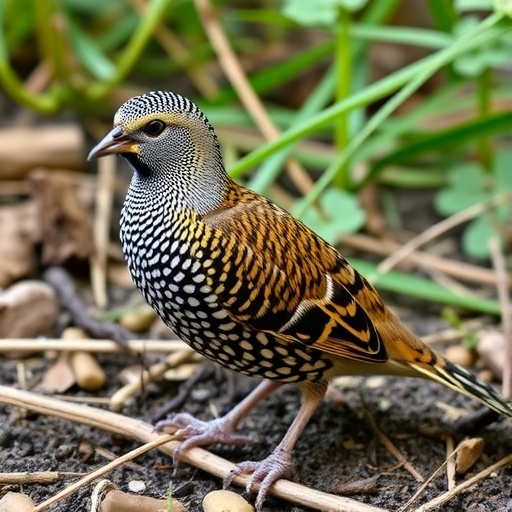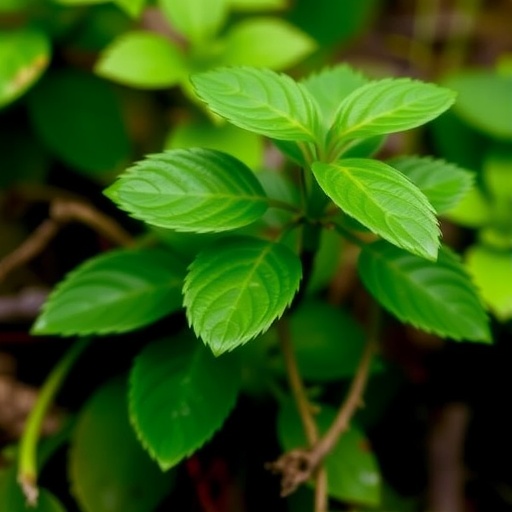
Credit: University of Oklahoma
A University of Oklahoma research study, led by Professor Xiangming Xiao, reveals the divergent trends of open surface water bodies in the contiguous United States from 1984 to 2016, specifically, a decreasing trend in the water-poor states and an increasing trend in the water-rich states. Surface water resources are critical for public water supply, industry, agriculture, biodiversity and ecosystem services.
"The data, information and knowledge on long-term trends of surface water bodies across the CONUS at high spatial resolution are valuable for planning and management of surface water resources, however, they are not widely available yet," said Xiao, professor of ecology and remote sensing in the Department of Microbiology and Plant Biology, OU College of Arts and Sciences.
Xiao and his team analyzed approximately 370,000 Landsat images and generated annual surface water body frequency maps for 1984 to 2016 at 30-m spatial resolution. Zhenhua Zhou, first author on the study and one of Xiao's graduate students, says, "Google's Earth Engine cloud computing platform, freely available Landsat image data, together with the novel and robust mapping algorithms derived from years of remote sensing studies in the past allowed OU researchers to carry out the continental-scale image data analysis."
The spatial-temporal dynamics and trends of year-long water bodies in the CONUS during 1984 to 2016 were quantified by states and watersheds. During that period, 10 water-poor states in the southwest and northwest United States had statistically significant decreasing trends in surface water area, but 20 water-rich states in the southeast United States and the northern Great Plains had statistically significant increasing trends. Climate was the primary driving factor for such diverse trends in year-long surface water area since 1984.
"According to climate predictions, annual precipitation is likely to decrease in the Southwest but increase in the eastern United States during the 21st century, therefore, the observed diverse trends of surface water body areas since 1984 could continue to occur in the future," said Xiao.
OU researchers combined the surface water area data with the land water storage data from NASA's Gravity Recovery and Climate Experiment during 2002 to 2016 to investigate the data dynamics in severe drought and pluvial years. The detailed analyses in California and the Southern Great Plains (Kansas, Oklahoma and Texas) clearly highlight a large withdrawal of groundwater in those drought years and slow post-drought recovery of surface water area, groundwater and land water storage over years.
A paper on this study by Xiao and his team, "Divergent Trends of Open Surface Water Body Area in the Contiguous United States During 1984 to 2016," has been published by the Proceedings of the National Academy of Sciences of the United States of America. The manuscript, tracking number of 17-19275, can be found online in PNAS Latest Articles.
###
Funding for this research was provided by the National Science Foundation EPSCoR program, the U.S. Department of Agriculture's National Institute of Food and Agriculture and the U.S. Geological Survey. For more information about this research, contact [email protected] or visit http://www.eomf.ou.edu.
Media Contact
Jana D. Smith
[email protected]
405-325-1322
@ouresearch
http://www.ou.edu
Original Source
https://bit.ly/2GtNjL6




